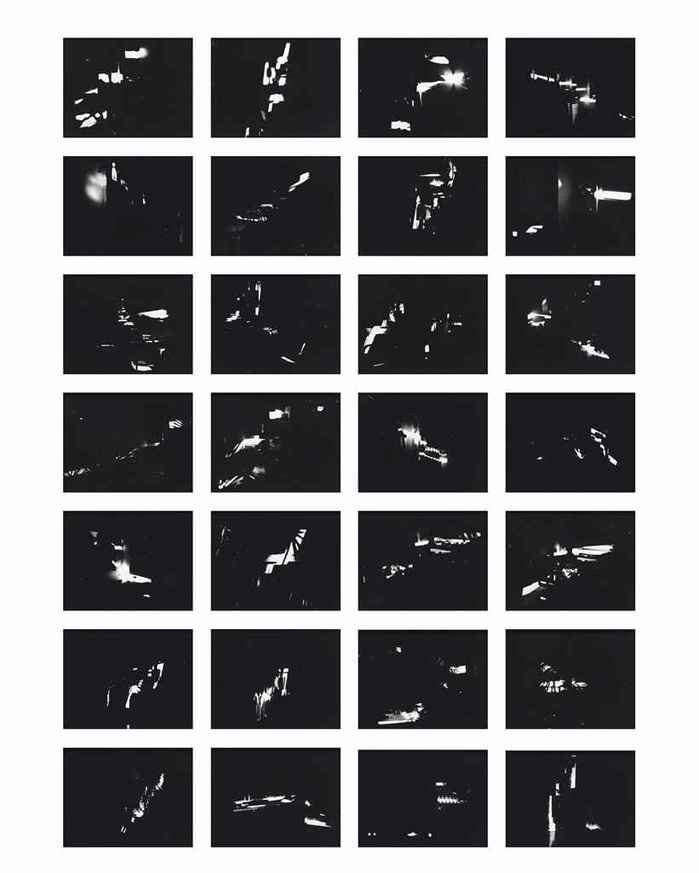
It’s been a hard season to think of positive things, and sometimes looking back, it’s been difficult to see how or if things mattered at all. But I also look back at the year with immense gratitude, both for the opportunities I’ve had, but also for the people who helped make them possible. I’d probably still be doing a lot of what I’m doing here if no one else was paying attention; that’s how it often feels, actually. But I’ve come to know that sometimes people do take an interest in what I’m doing, whether writing, research, criticism, or artmaking, and they respond to it, react to it, challenge it, run with it, join in on it. And it makes it interesting, better, and more meaningful, and it is nice to feel that. But there are also things, some of my greatest, favorite things, that would not have existed at all without the interest, effort, and support of others.
So I’d like to give some specific thanks to some of the many people who engaged with and supported my work in 2016. Without them, these things I am so proud of would literally not have happened.
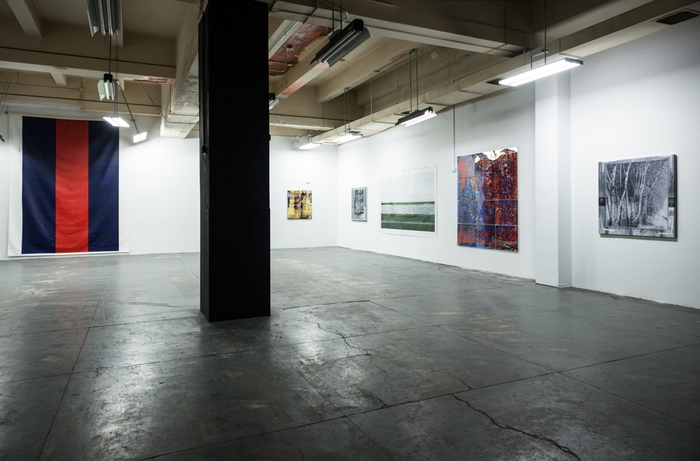
Magda Sawon suggested we do a proposal for SPRING/BREAK. “Chop Shop” began as a glib sendup of Simchowitzian cash&carry speculecting. But in the last few weeks before the show, it grew exponentially in scale, which forced some real thinking about its meaning and ambition. With Ambre & Andrew’s flexibility, and the extraordinary efforts of Magda’s posse, Chop Shop somehow became what supposed to not be: a Basel-ian boothful of investment-grade masterpieces. [Some of which are still available, btw. Get in now at 2016, pre-boom prices.]
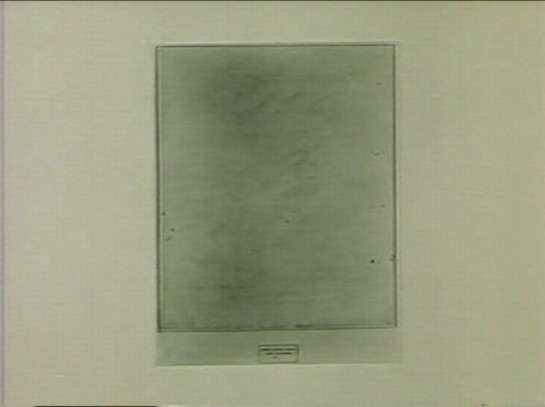
Book deals come and go, but Jennifer Liese and her colleagues at Paper Monument offered what bloggers need most: a good editing. When PM first asked to include my 2+ years of posts about the history of Erased deKooning Drawing in their anthology Social Medium, I frankly thought they were nuts. But Jen’s vision and thoughtful editing helped me see my own writing and ideas anew, and she enabled them to reach people in an amazing, new context. I’ve never felt prouder of my writing than to have it included among the great work of so many artists who influence and inspire me already.
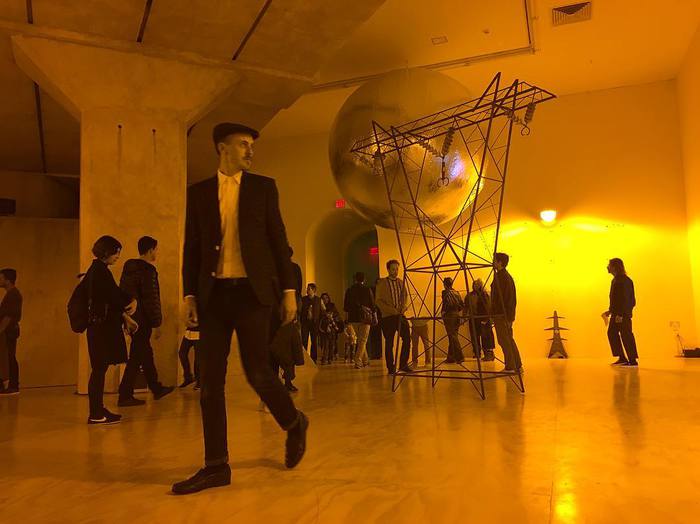
Mark Leckey and John Garcia included my work in shows that were totally fascinating and different from anything I could have imagined, which let me think about it and the world it inhabits in a new way. Having my satelloon sculpture be subsumed into Leckey’s autobiographically inspired installation at MoMA PS1 turns out to be a rare privilege, to be able to help realize, almost literally, someone’s memory.
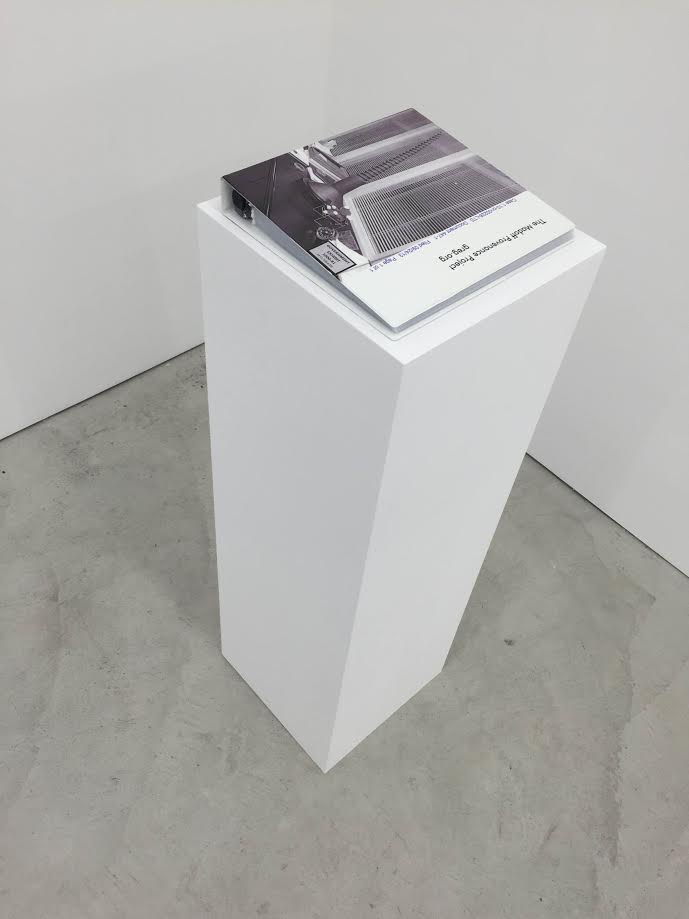
And Garcia’s inclusion of the Madoff Provenance Project in his show about context’s impact on art at To___Bridges___ not only gave it a challenging context, it pushed me to figure out ways to make the project visible and understandable beyond its datalayer. This in turn helped me see how my work connects to, and was informed by, artists of earlier generations. [In this case, there’s an obvious shoutout due to Mel Bochner and his Working drawings and other visible things on paper not necessarily meant to be viewed as art, a project whose title has long resonated with my own ambivalence about calling myself an artist or what I do art.]
Sarah Douglas and Andrew Russeth at ArtNews invited me to write about one of my favorite, all-consuming blogtopics: the disappearance of the Johns flag in Short Circuit. And recently Eric Doeringer and I had a great public conversation about his work, and the early Johns/Rauschenberg era that I continue to find engrossing and misunderstood.
Collectors and supporters who engage in the oddball, time- and space-limited art projects I proposed around here literally made them happen. In the crazy-skewed art world of the moment, lowering the stakes and making and trading art for two figures feels refreshing. And most awesomely, these projects have been a catalyst for connecting with some inspiring people who share some interests, and who introduce me to their passions and practices, too. [I hope 2017 lasts long enough for me to do a book version of eBay Test Prints, btw.]
Most of all, I have to thank my wife, who is my smartest, most skeptical, yet most tireless supporter. She is so deeply disapproving of my #andiron-style art designation practice it is not even funny, but she also sees me wrestling with it myself and taking it seriously, so she does, too. And anyway, at the very least, when I’m dead and gone, and she doesn’t have to deal with a storing or tossing a studio or warehouseful of objects, she’ll come around. So thank you, and thank you all. I hope we all get through 2017 and beyond to do this again.
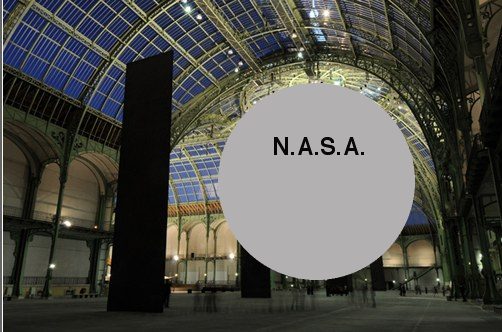

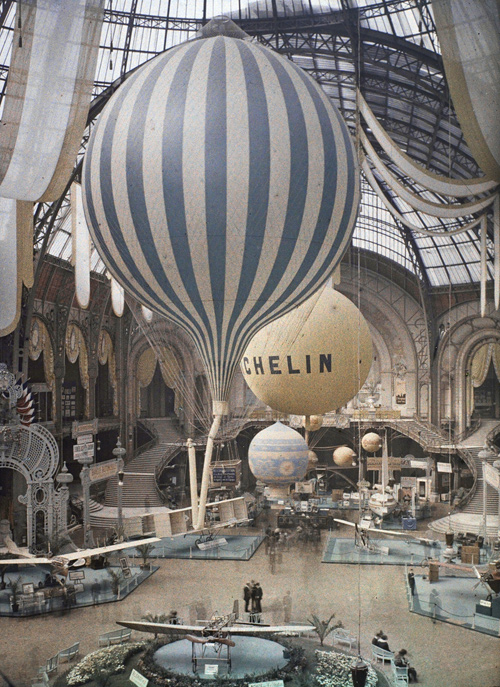
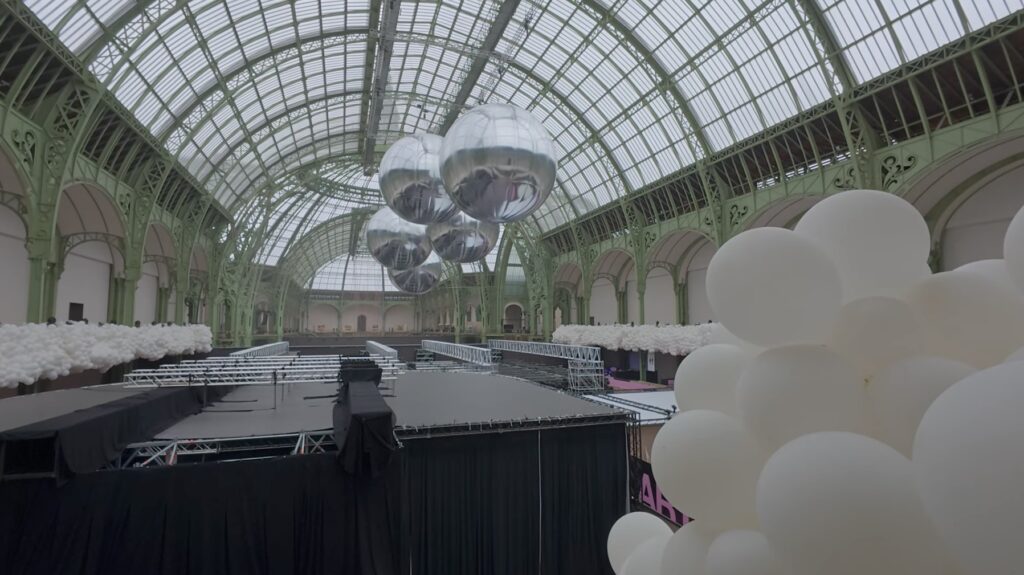
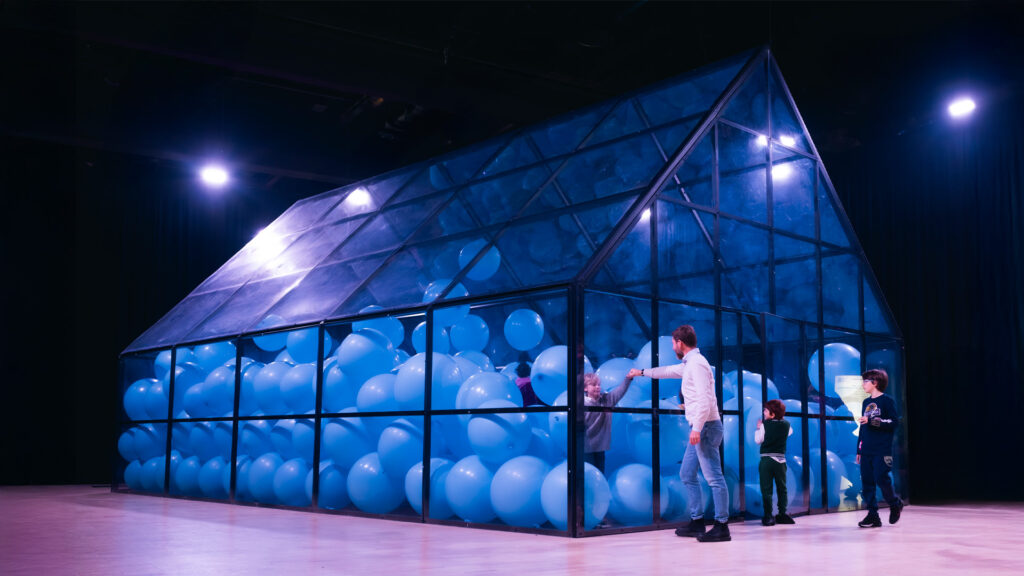

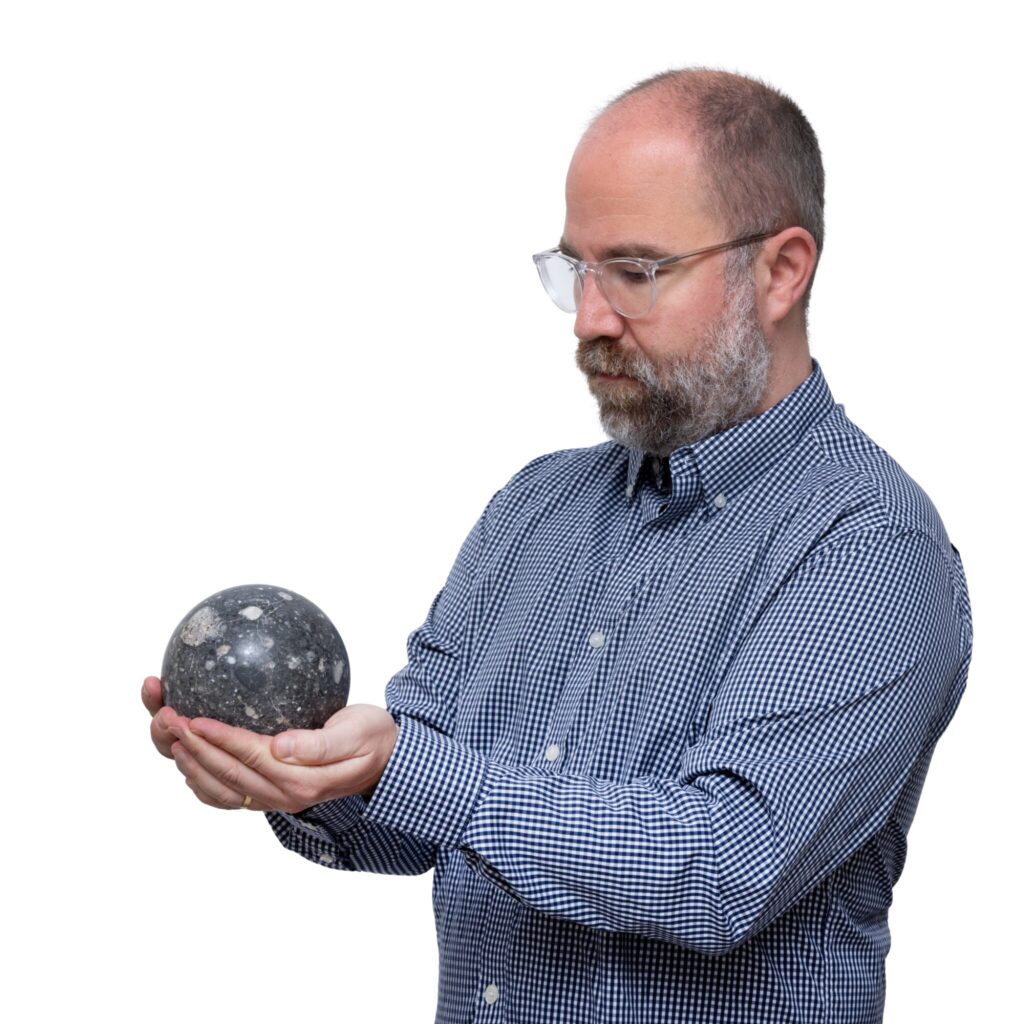
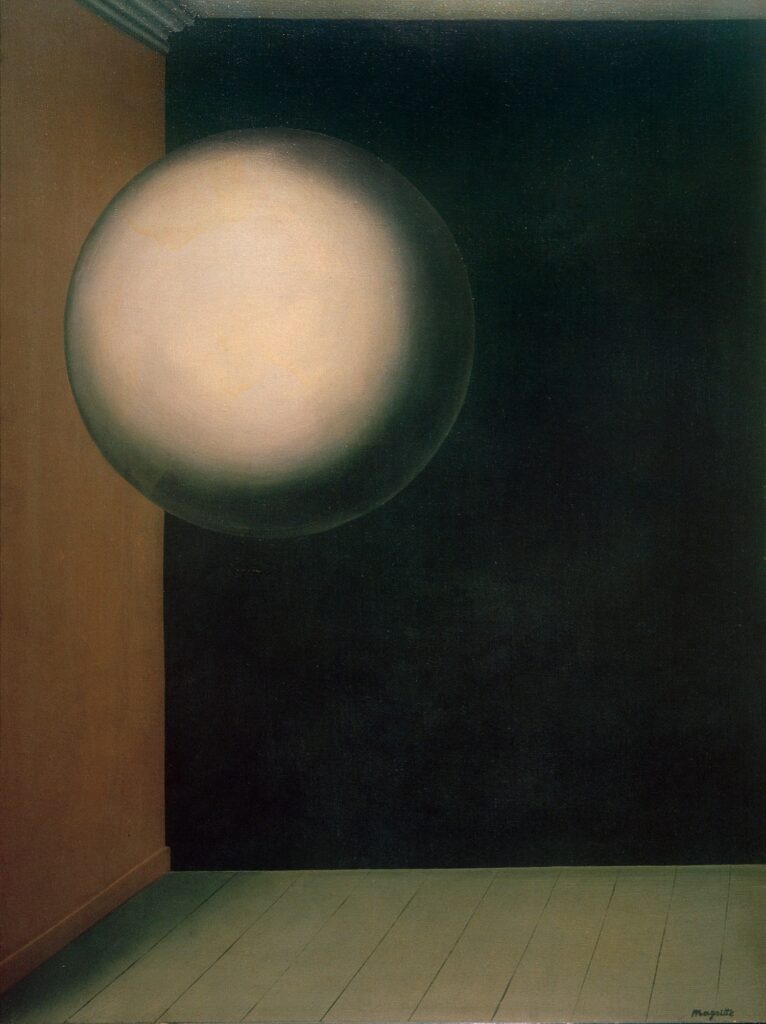
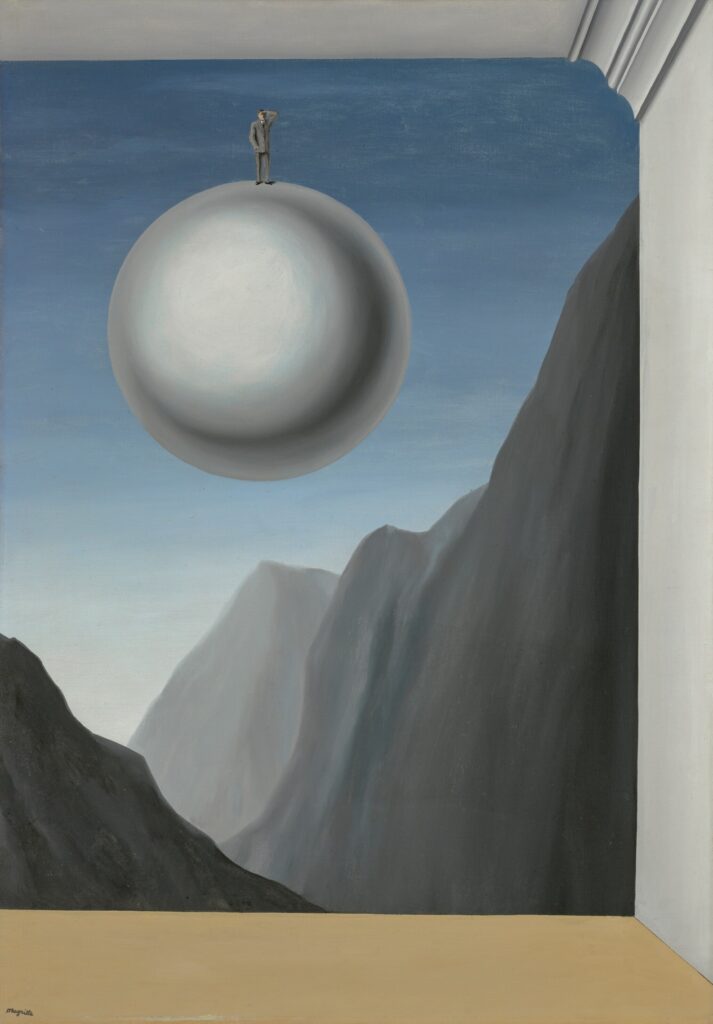
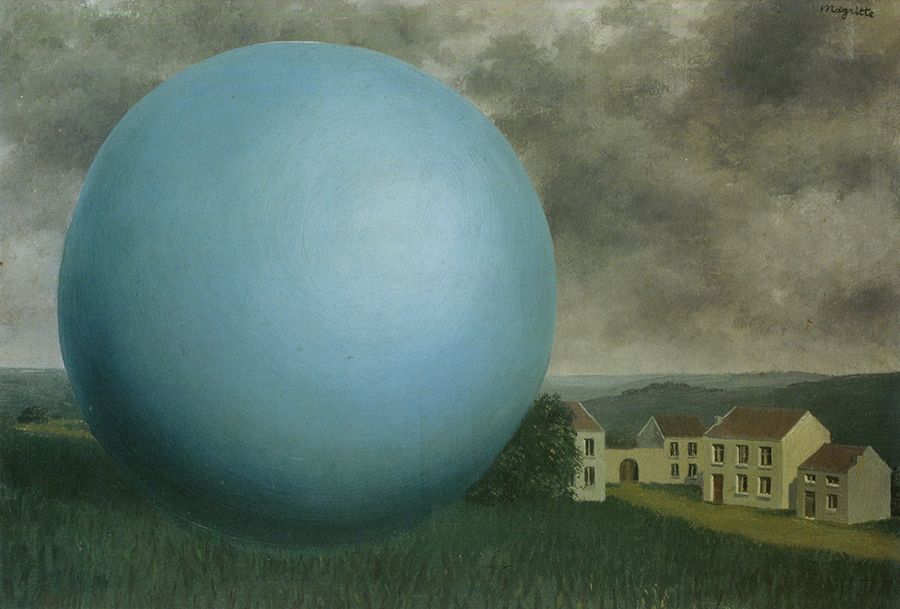
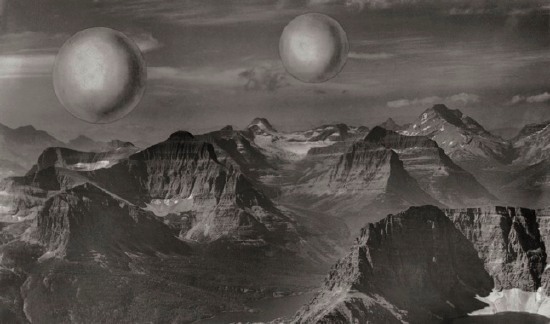
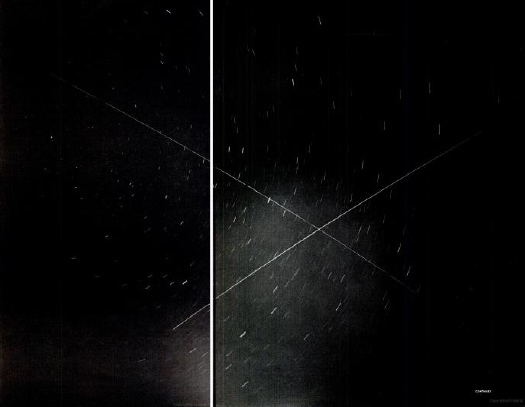
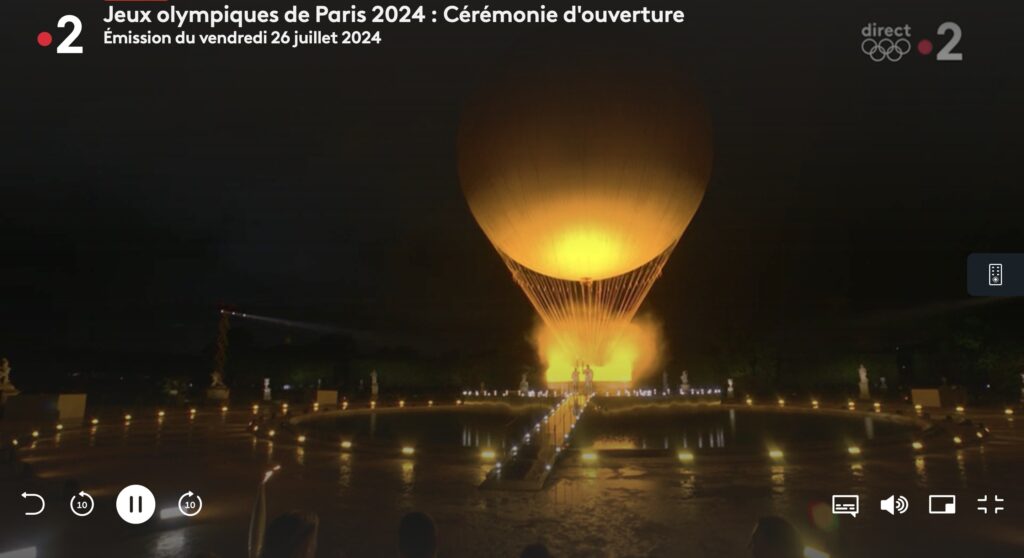


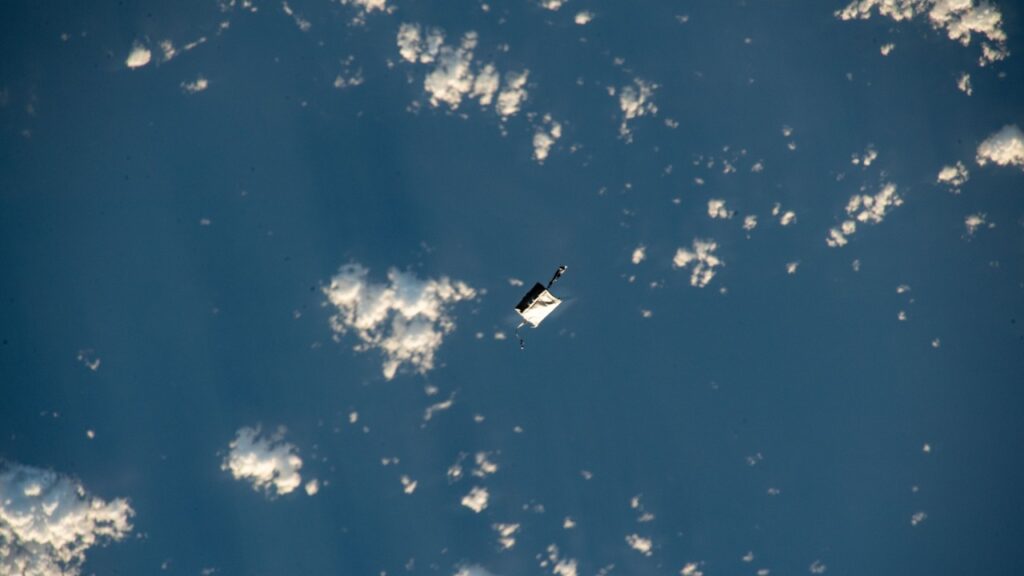
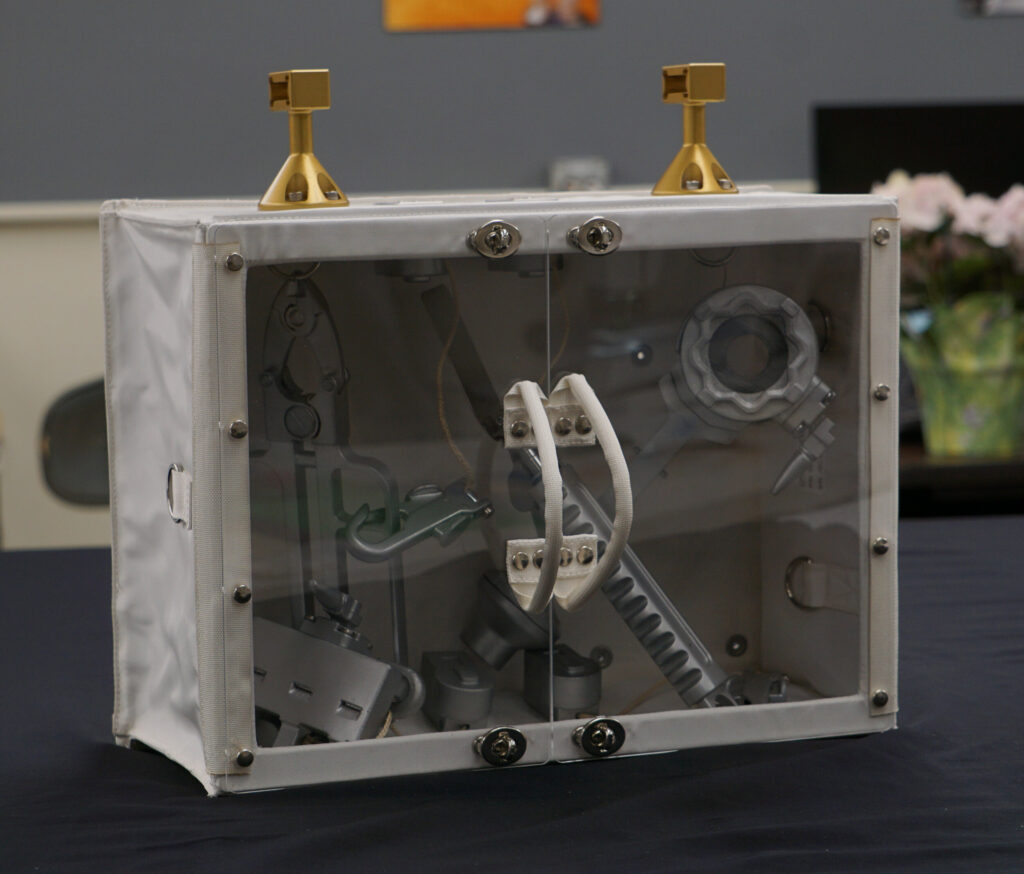
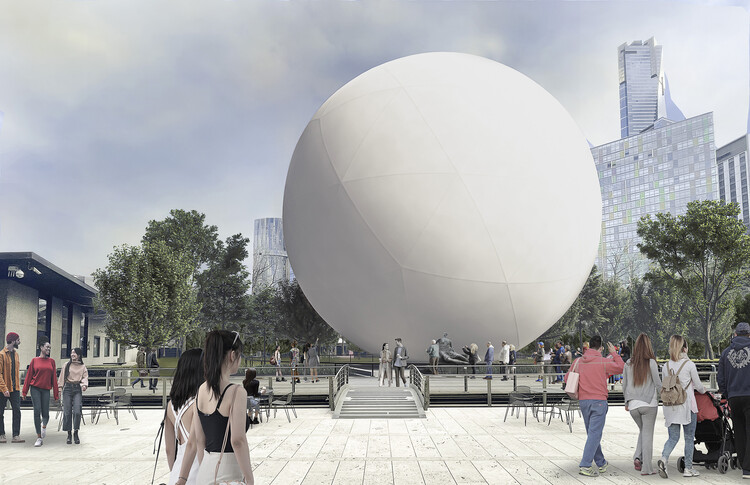
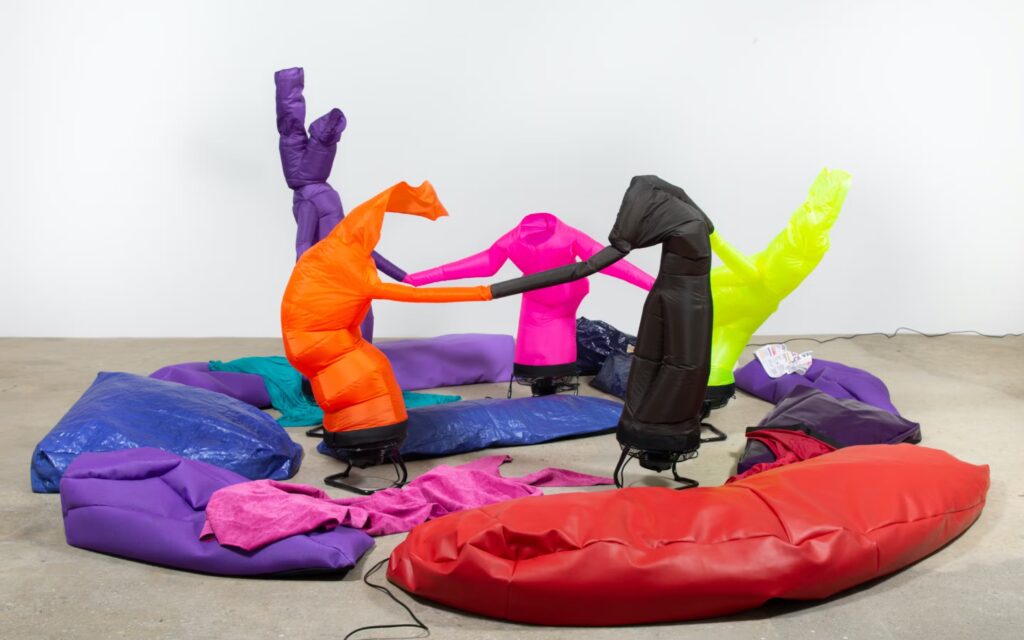
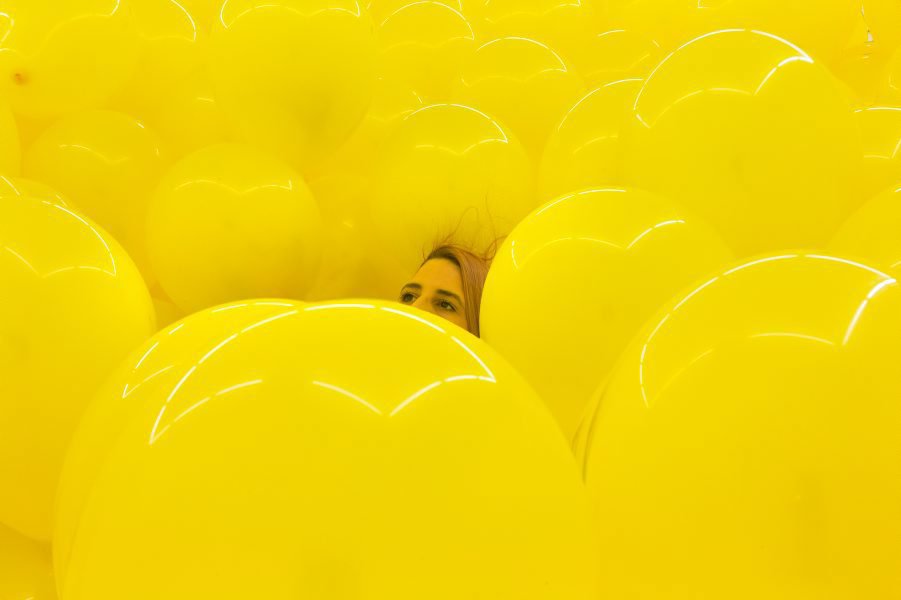


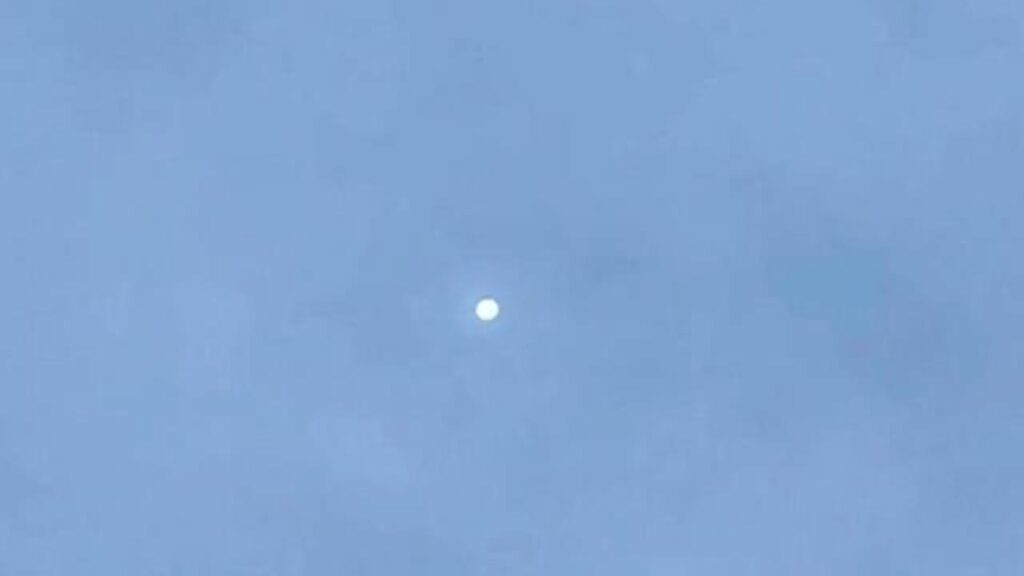
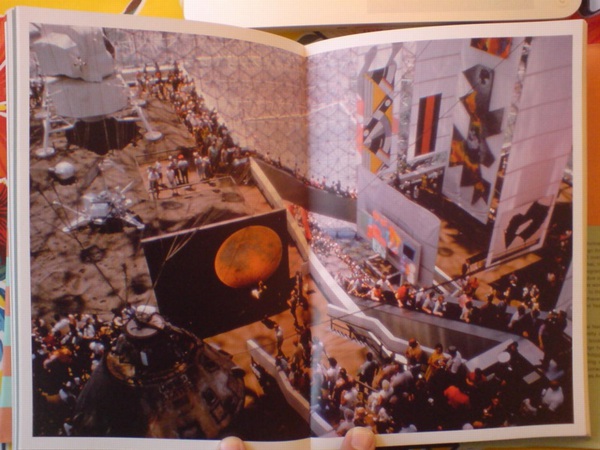
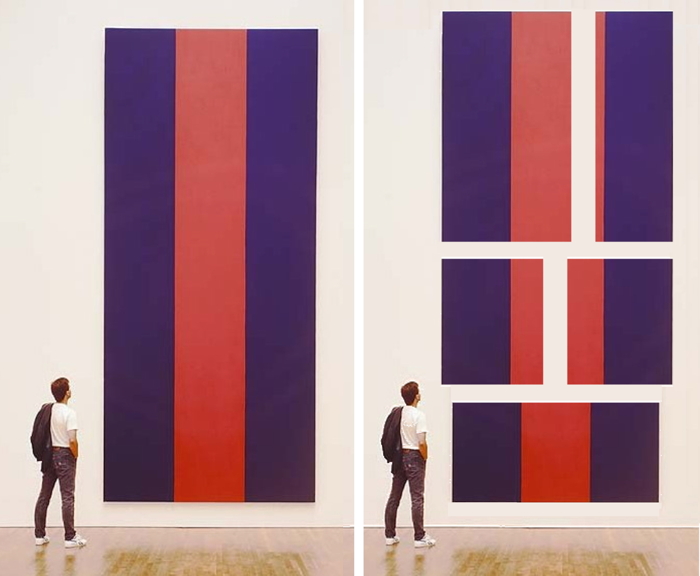
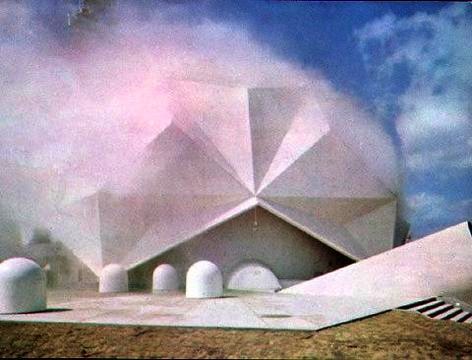
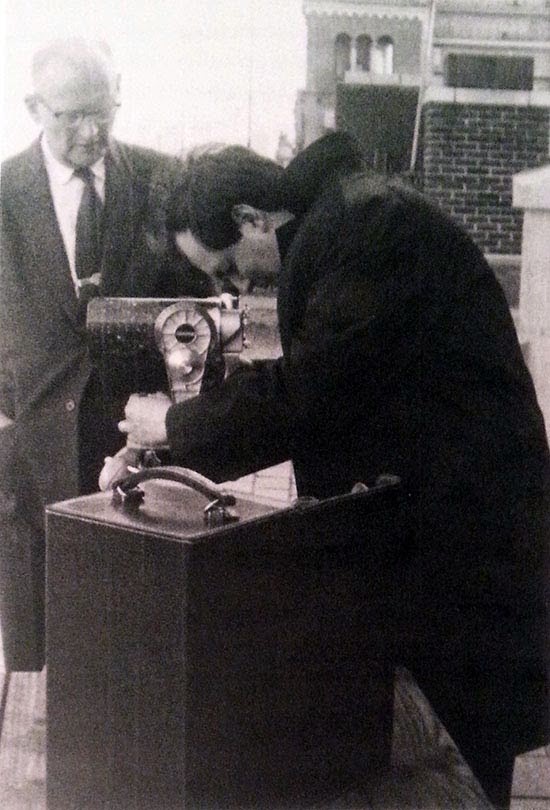
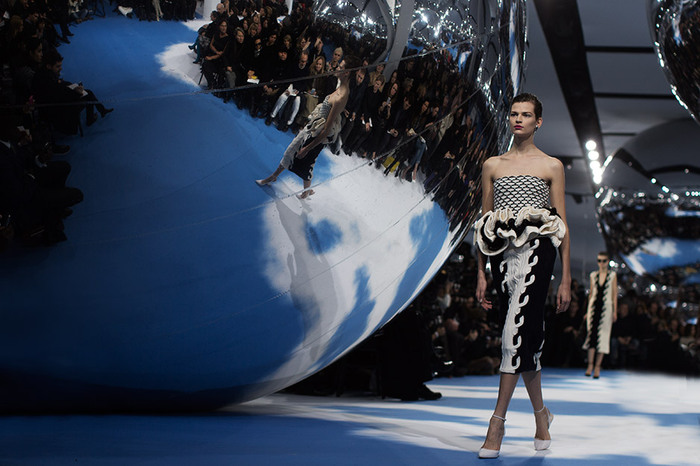
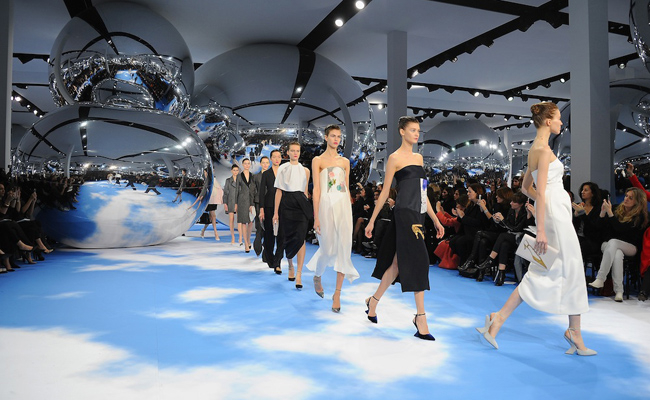 Dior F/W2013-4, image: not thesartorialist
Dior F/W2013-4, image: not thesartorialist






